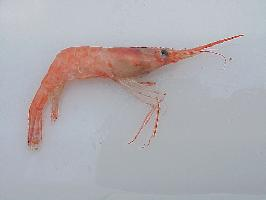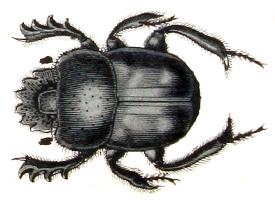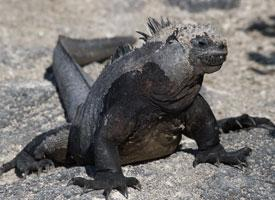
Súlyok és méretek
| Hossz | 120-tól 163-ig mm |
|---|
Állatleírás
The Northern prawn, scientifically known as Pandalus borealis, is a species of cold-water shrimp found in the northern Atlantic and Pacific Oceans. This decapod crustacean, belonging to the family Pandalidae, is not only a vital component of its marine ecosystem but also a significant target in the global seafood industry, prized for its delicate, sweet flavor and firm texture.Physically, the Northern prawn is distinguished by its slender, semi-transparent body which can exhibit a variety of colors ranging from pink to a reddish hue, depending on its diet and environmental conditions. The body of the Northern prawn is encased in a hard exoskeleton that provides protection and support. It typically measures between 12 to 15 centimeters in length, although specimens exceeding this size range have been found. One of the most notable features of this species is its long, slender rostrum, which is armed with teeth and extends forward from the head, acting as a sensory tool and a defense mechanism against predators.
The Northern prawn exhibits sexual dimorphism, with females generally larger than males. Interestingly, all Northern prawns are born as males and undergo a sexual transformation to become females as they age, a process known as protandric hermaphroditism. This unique reproductive strategy ensures a dynamic balance within their populations, optimizing their breeding potential.
Habitat-wise, the Northern prawn favors cold, deep waters ranging from 20 to 1,320 meters in depth, though it is most commonly found at depths of 100 to 500 meters. These shrimp are benthic dwellers, meaning they live on or near the ocean floor, where they prefer muddy or sandy substrates rich in organic detritus. Their habitat spans across the cold waters of the North Atlantic and Arctic Oceans, including the Barents Sea, the Norwegian Sea, and off the coasts of Greenland and Newfoundland, extending to the North Pacific around Japan and the Bering Sea.
The diet of the Northern prawn consists mainly of plankton, small fish, and detritus. They are nocturnal feeders, emerging from their burrows in the substrate at night to forage for food. This behavior helps reduce predation risks from larger fish and marine mammals.
Northern prawns play a crucial role in their ecosystem, serving as both predator and prey. They contribute to the oceanic food web by controlling plankton populations and providing a food source for a variety of fish species, seabirds, and marine mammals.
Commercially, the Northern prawn is a highly sought-after seafood product, harvested using trawls and traps. The fishery for this species is considered one of the most valuable in the North Atlantic and Pacific, with strict regulations in place to ensure sustainable harvesting practices. The prawns are usually processed and sold as frozen, cooked, or in-shell products, finding their way into a myriad of culinary dishes around the world.
In summary, the Northern prawn, Pandalus borealis, is a fascinating and important species, both ecologically and economically. Its unique life cycle, adaptability to cold water environments, and culinary appeal make it a subject of interest for marine biologists, fishermen, and gourmets alike.
Hasonló állatok
Új állatfotók
Top 10 állat
- Dolphin gull (Leucophaeus scoresbii)
- Diana monkey (Cercopithecus diana)
- Moustached guenon (Cercopithecus cephus)
- Galápagos tortoise (Geochelone nigra complex)
- Japanese macaque (Macaca fuscata)
- Russian tortoise (Testudo horsfieldii)
- Stone loach (Barbatula barbatula)
- Greek tortoise (Testudo graeca)
- Common flying dragon (Draco volans)
- Vendace (Coregonus albula)


